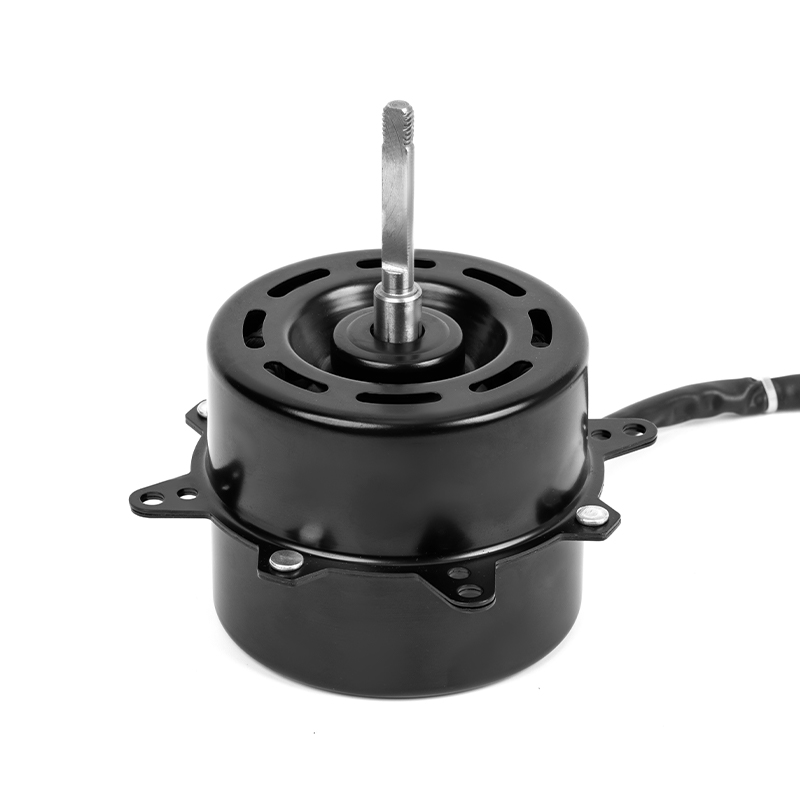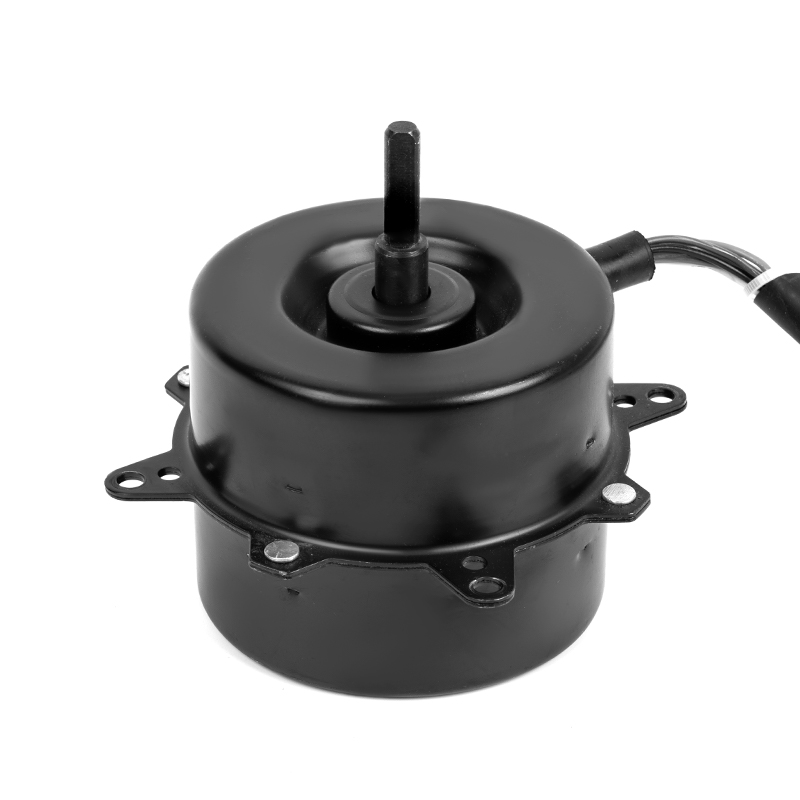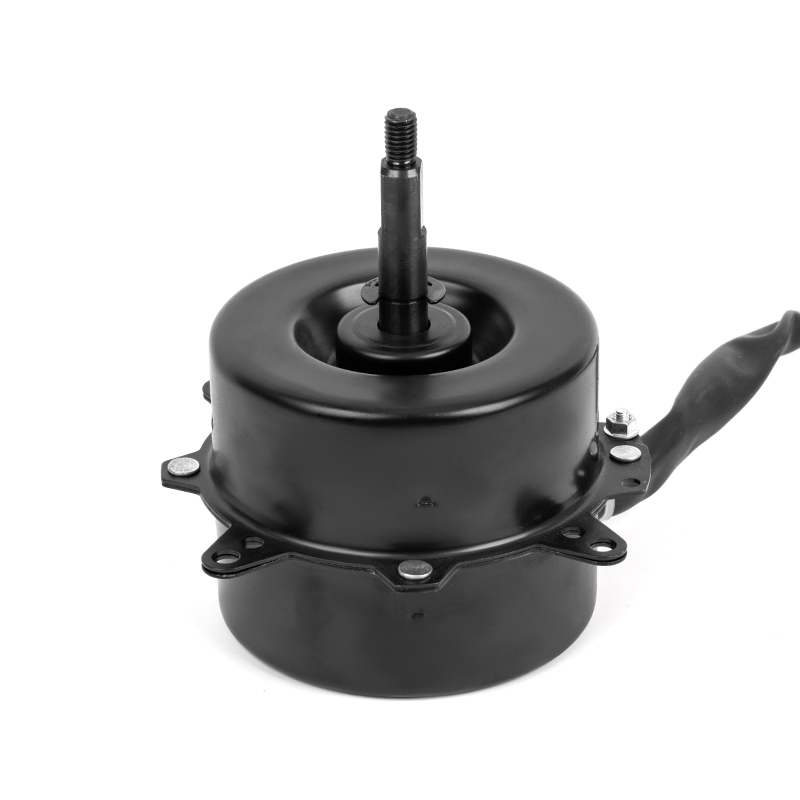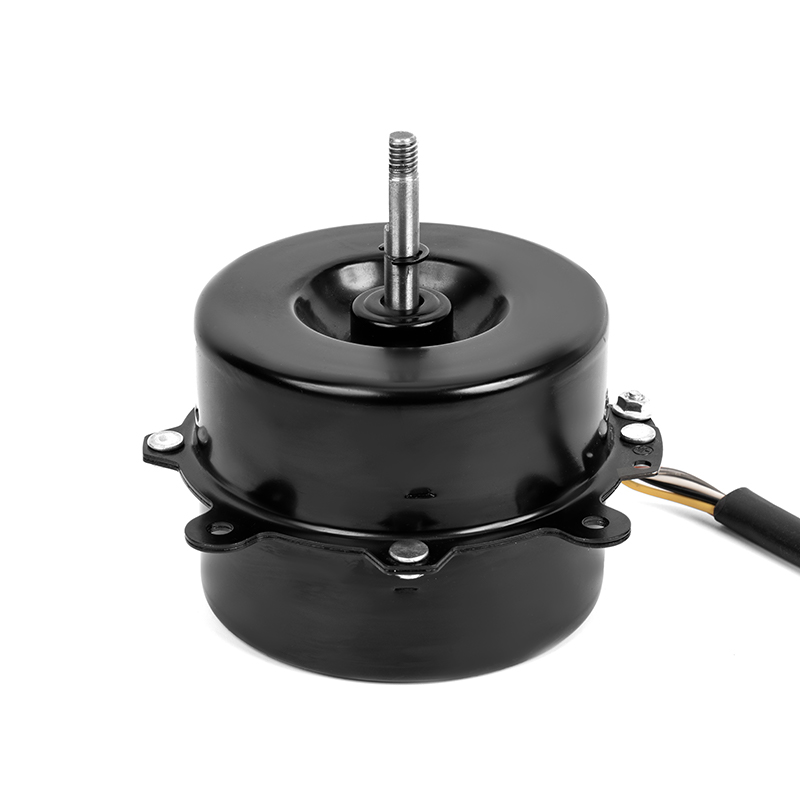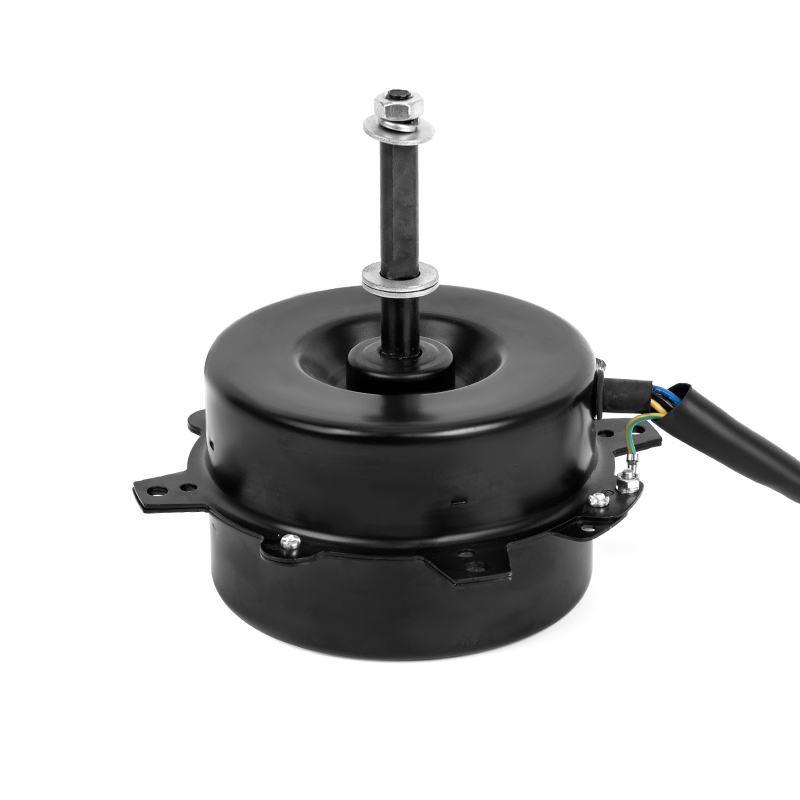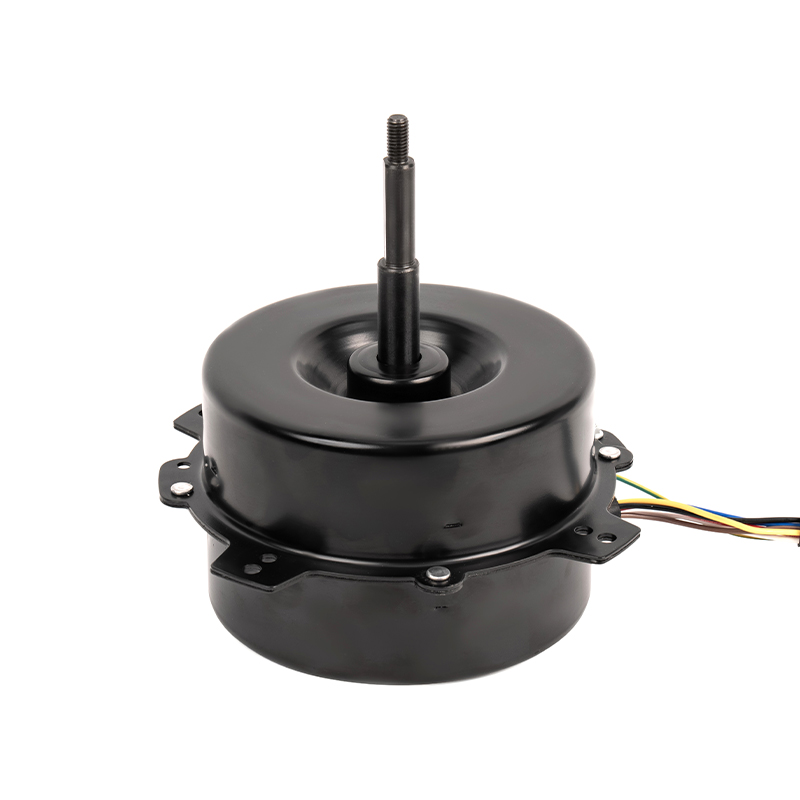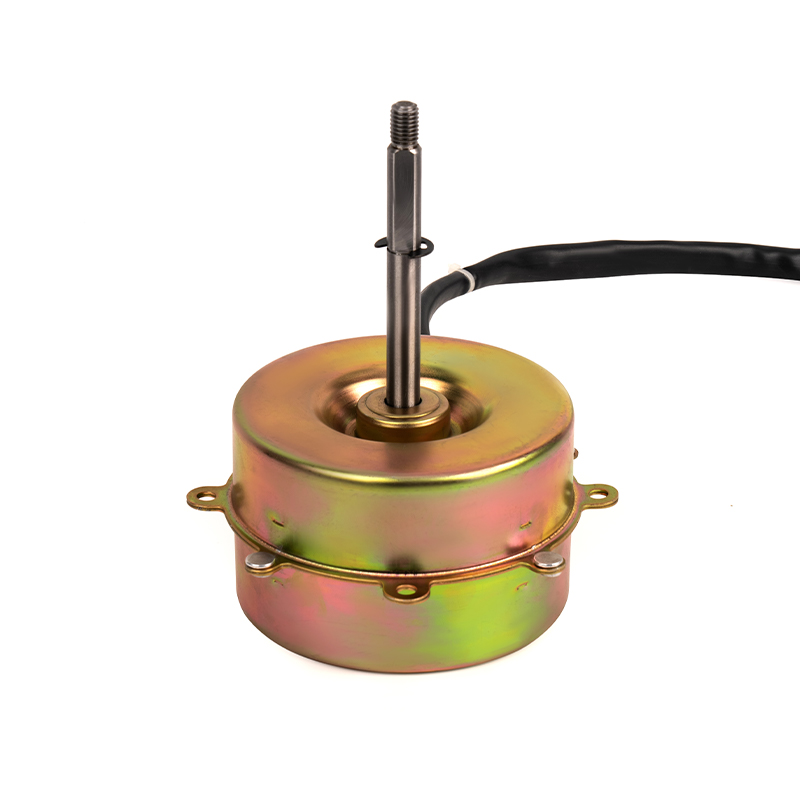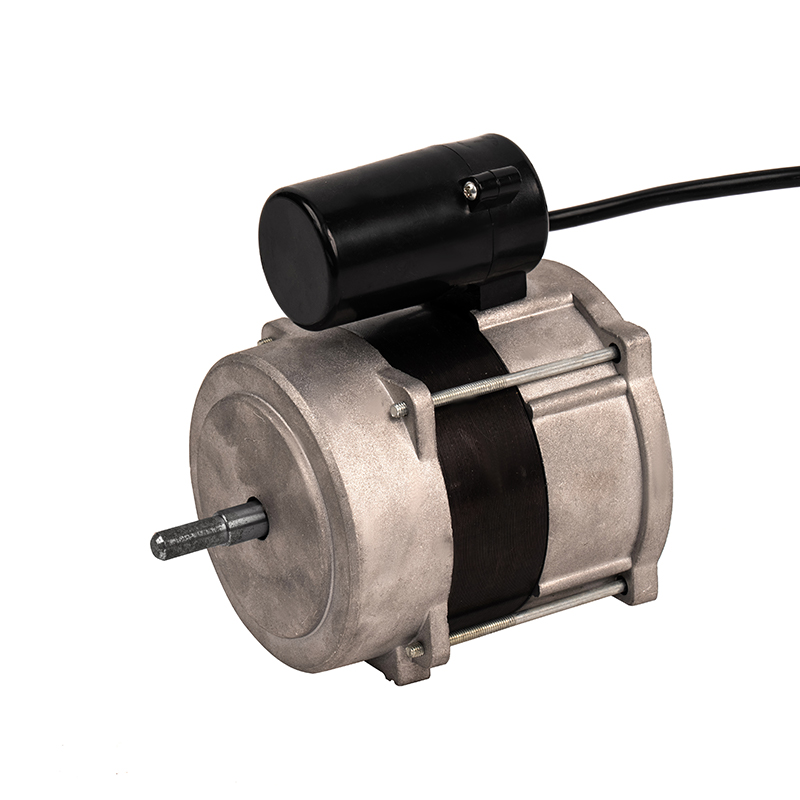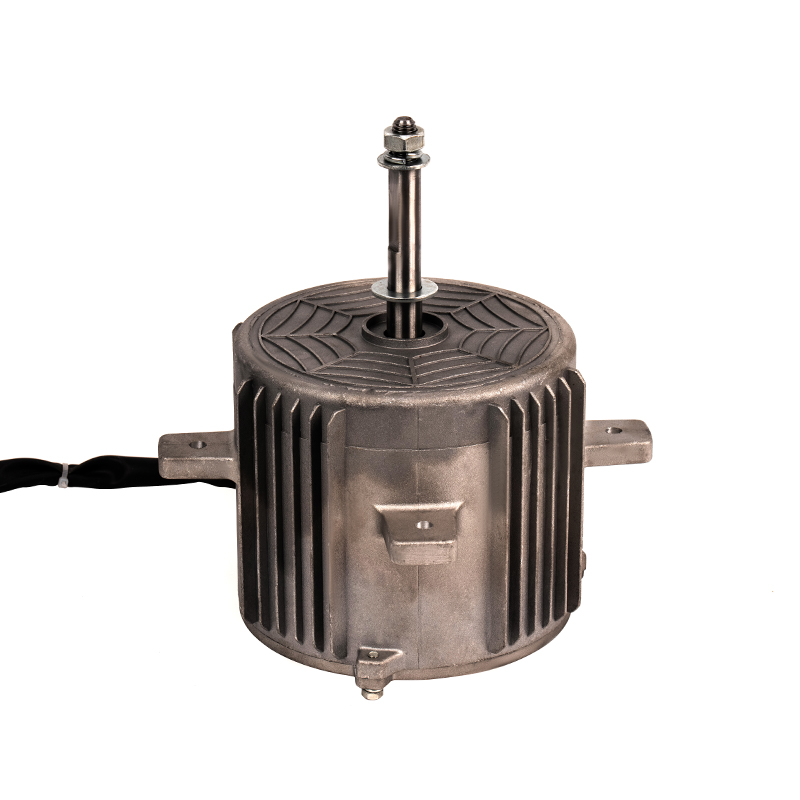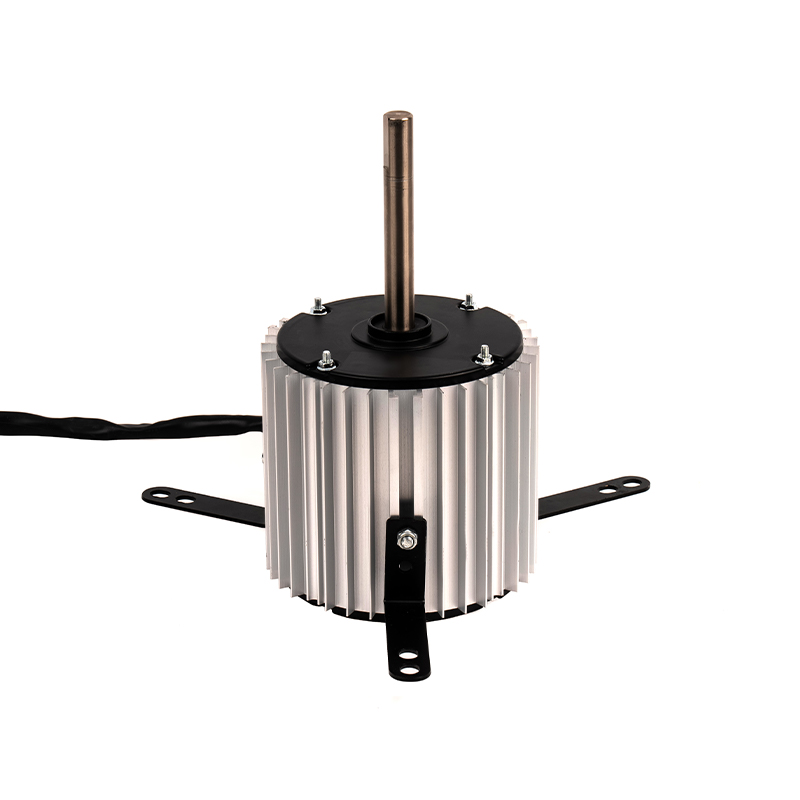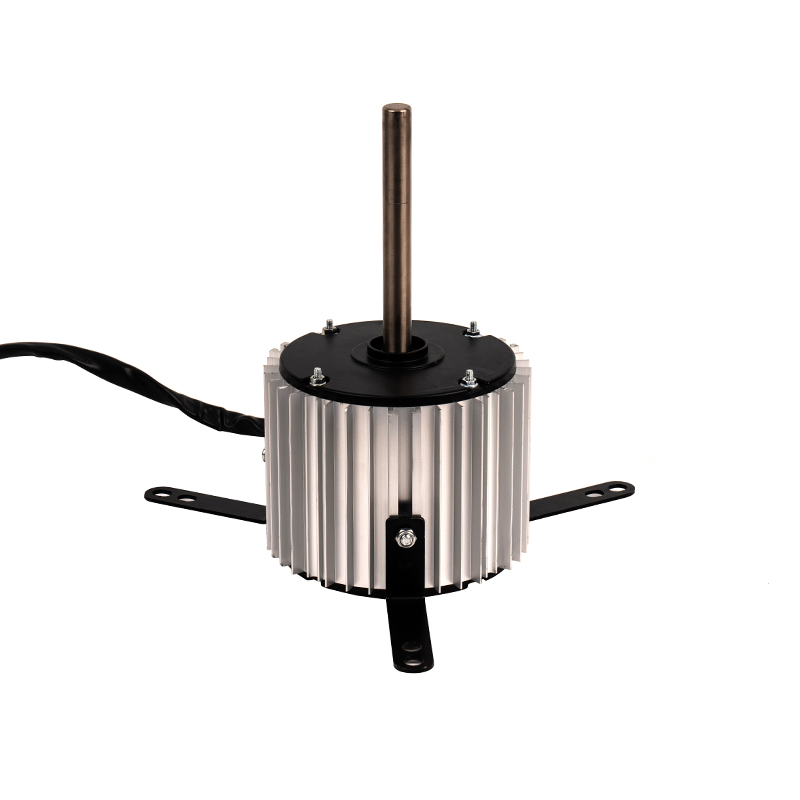One of the primary advantages of using a Range Hood DC Motor is its superior energy efficiency compared to traditional AC motors. DC motors convert electrical energy into mechanical energy much more effectively. They can be designed to operate at varying speeds, meaning that the motor draws only the amount of power necessary for the required level of ventilation. Traditional AC motors, on the other hand, typically operate at a constant speed, regardless of whether high suction is needed or not, leading to unnecessary energy consumption. In the long term, this reduced power consumption translates into lower electricity bills. This makes Range Hood DC Motors particularly appealing in energy-conscious homes or businesses looking to reduce their carbon footprint and minimize energy expenses without compromising on performance.
The standout feature of Range Hood DC Motors is their ability to offer precise and variable speed control, which allows users to adjust the motor's power according to specific needs. Whether it's a light simmer, a quick stir-fry, or a heavy grilling session, the motor can automatically adjust to ensure optimal suction. Traditional AC motors, however, generally operate at fixed speeds and cannot adapt to varying levels of ventilation required during different cooking activities. This ability to adjust speed not only maximizes efficiency by preventing unnecessary power usage but also improves the quality of air extraction. By tailoring the airflow to the cooking conditions, Range Hood DC Motors ensure that odors, smoke, and grease are removed effectively without overexerting the motor or producing excess noise.
Noise is a critical factor in the kitchen environment, especially in open-concept or modern kitchens where range hoods are often in close proximity to dining and living areas. Range Hood DC Motors are significantly quieter than traditional AC motors, particularly at lower speeds. This is because DC motors operate with a more efficient, smooth, and controlled motion. The absence of mechanical noise generated by components like brushes (which are found in some AC motors) further contributes to the reduced noise levels. The quiet operation of a Range Hood DC Motor allows users to enjoy a more peaceful kitchen environment, even when the hood is running at higher speeds during intensive cooking tasks. This feature is particularly valuable in homes with open-plan designs or multi-purpose kitchen spaces where the noise from an AC motor can be distracting.
DC motors are inherently smaller and more lightweight than traditional AC motors. This is due to their simple construction and the lack of bulky components like capacitors and transformers found in AC motor systems. The compact size of a Range Hood DC Motor allows manufacturers to design range hoods that are more streamlined and aesthetically pleasing without sacrificing performance. For users, this means they can enjoy a sleeker, less obtrusive range hood that is easier to install and requires less space, which is especially important in kitchens with limited headroom or where visual appeal is a priority. The reduced weight of the motor also helps in reducing the overall weight of the range hood, making installation easier and reducing the load on the kitchen's ceiling or cabinetry.
One of the key benefits of Range Hood DC Motors is their durability. DC motors typically have fewer moving parts compared to AC motors, which reduces wear and tear. This leads to a lower chance of mechanical failure and a longer overall lifespan for the motor. Additionally, DC motors operate at lower temperatures due to their ability to modulate speed based on demand, reducing the risk of overheating. In contrast, AC motors can overheat when subjected to continuous high-speed operation, leading to a shorter lifespan and increased maintenance needs. As a result, Range Hood DC Motors require fewer repairs and replacements, making them a more cost-effective and reliable long-term solution. This longevity is particularly beneficial in high-usage kitchens or commercial environments where range hoods are expected to operate frequently.



 English
English عربى
عربى ++86 13524608688
++86 13524608688